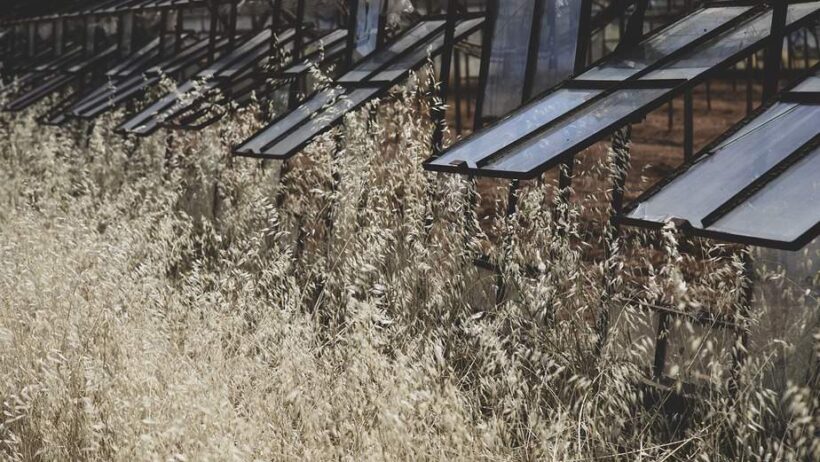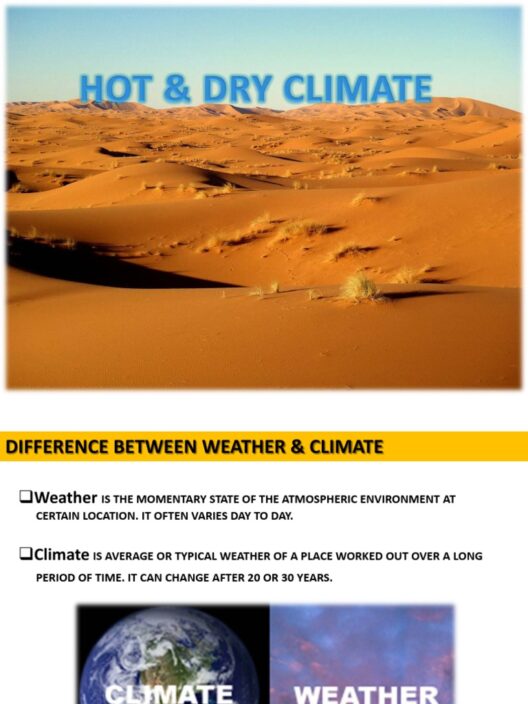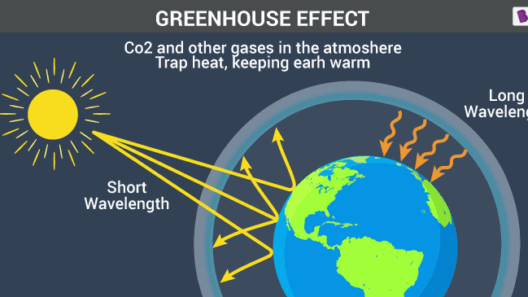Understanding the Pros and Cons of the Greenhouse Phenomenon
In the grand tapestry of our environment, greenhouses represent a double-edged sword. Like a skilled artisan manipulating the threads of fate, these structures wield the power to both nurture our connection to nature and expose the fragility of delicate ecosystems. As we delve into the intricacies of the greenhouse phenomenon, it becomes essential to understand both the advantages and disadvantages that accompany it. This exploration will illuminate the myriad ways in which greenhouses both aid and challenge our quest for sustainability.
Embracing the Sunshine: The Advantages of Greenhouses
Greenhouses are akin to a sanctuary, where flora flourishes in a controlled environment, sheltered from the harshness of the external climate. The primary benefit of these structures lies in their ability to extend the growing season. By harnessing solar radiation, greenhouses create a microclimate ideal for plant growth, enabling cultivators to produce crops year-round. This advantage is particularly significant in regions marked by frosty winters or unpredictable weather patterns.
Moreover, greenhouses enhance food security. As urban populations swell, the demand for fresh produce intensifies. Greenhouses mitigate the reliance on long supply chains by facilitating local production. When communities possess the ability to grow their own fruits and vegetables, the pursuit of self-sufficiency flourishes. The localized nature of greenhouse farming not only reduces transportation emissions but also fortifies community ties, inviting neighbors to share harvests and knowledge.
In addition, greenhouses allow for efficient resource management. The controlled environment minimizes water usage, as the design often incorporates systems for rainwater harvesting and irrigation technologies designed to maximize moisture retention. Sustainable farming practices—such as hydroponics and aquaponics—can flourish in such environments, promoting ecological balance and reducing the need for chemical fertilizers and pesticides. This conscious cultivation resonates with a deeper ethos of environmental stewardship.
Cultivating Concerns: The Disadvantages of Greenhouses
However, the delicate balance between progress and environmental integrity must not be overlooked. The reliance on greenhouses also presents significant drawbacks. One of the foremost concerns is energy consumption. While these structures capitalize on passive solar energy, many greenhouses employ heating systems and artificial lights to maintain optimal conditions during colder months or low-light seasons. This can lead to a considerable carbon footprint, undermining the sustainability that is often touted as a hallmark of greenhouse agriculture.
Furthermore, there is the potential for monoculture reliance. As greenhouses facilitate the mass production of select crops, they may inadvertently promote a narrow spectrum of biodiversity. When farmers opt for high-yield varieties bred for performance in controlled settings, lesser-known plant species are often neglected. This can diminish genetic diversity, rendering ecosystems more susceptible to pests and diseases. The symbiotic relationships within the wider environment risk falling into disarray as the intricate web of life is disrupted.
Exclusivity can also emerge as a critical issue. The financial investment necessary to erect and maintain greenhouse structures can be significant, creating barriers for small-scale farmers and those in economically disadvantaged regions. In a world where inequality is rampant, this form of agriculture risks perpetuating a cycle of disparities instead of fostering equitable access to resources and knowledge.
Striking the Balance: Finding a Harmonious Approach
As we weigh the pros and cons of greenhouses, a harmonious approach becomes essential. Embracing innovative technologies and sustainable practices presents an opportunity to navigate the complexities of greenhouse agriculture more thoughtfully. Integrating renewable energy sources, such as solar panels, can mitigate the reliance on fossil fuels, transforming greenhouses into beacons of sustainability. By investing in research and development, the agricultural community can unlock methods that not only extend growing seasons but also prioritize environmental preservation.
Furthermore, promoting biodiversity within greenhouse ecosystems can enhance resilience. Companion planting, intercropping, and embracing heirloom varieties can create a vibrant tapestry of plant life that benefits from the interrelations among diverse species. By empowering farmers with knowledge about polyculture practices, the agricultural sector can work toward a future wherein greenhouses support a richer variety of crops suited to various climates and communities.
Finally, addressing economic disparities is pivotal to ensuring that the benefits of greenhouse horticulture are widely accessible. Community-supported agriculture (CSA) models and cooperative greenhouses can provide individuals with opportunities to engage in sustainable practices while sharing the societal burdens of investment. Initiatives that offer training and education will enhance skills, enabling a broader demographic to participate and contribute to local food systems.
In conclusion, greenhouses embody a multifaceted phenomenon with the power to nurture our relationship with nature while posing considerable challenges. By acknowledging both the advantages and disadvantages, stakeholders can aspire to cultivate a more sustainable approach, ultimately enriching our environment and promoting a future where all can thrive among the verdant growth of cultivated spaces. The journey ahead will not be easy, but as we harness the potential within greenhouses, a symbiotic relationship with our planet remains within our grasp.








